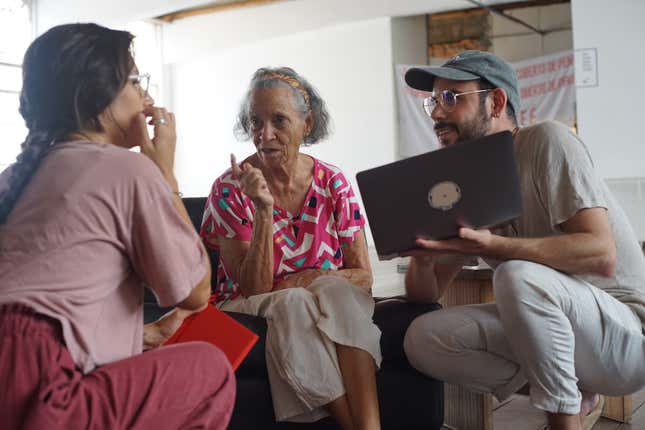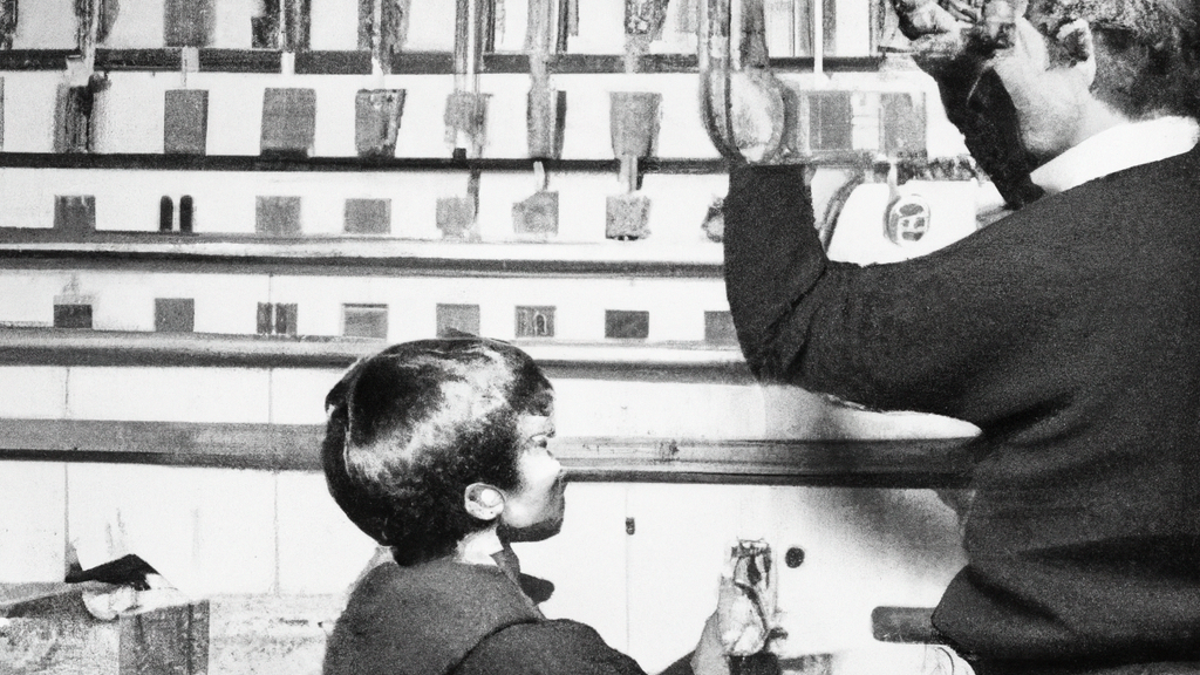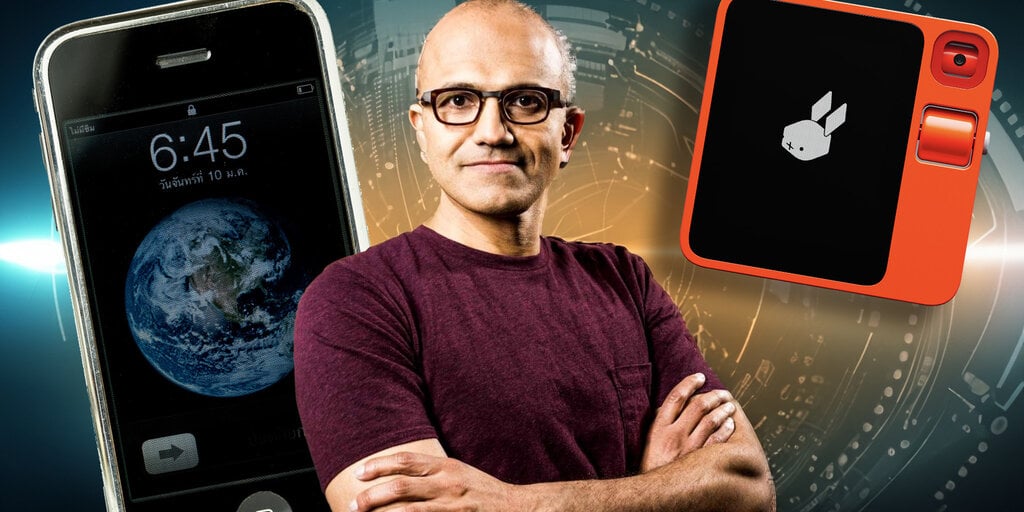Picture your earliest memory—the person, event, and place linked to it. How do you feel when you revisit it?
Do you have any tangible evidence of this memory? Whether it’s a photograph, a home video, or even a social media post if you belong to a younger demographic?
If you lack such proof, how would you depict the scene? What specifics would you ensure to include? And how would you react if an AI-driven image-generating bot could visualize that memory for you?
Welcome to the domain of synthetic memories. These are not just snapshots but visual representations of our memories. By leveraging cutting-edge technology available today, they aid us in reconstructing fragments of our past.
Pau Garcia, the visionary behind Domestic Data Streamers, a design studio situated in Barcelona, is an avid technology enthusiast. When a friend stumbled upon his exploration of advanced AI image generators like DALL-E, she requested an image portraying her playing with her late father from her childhood. The emotional impact of the outcome deeply moved both her and Garcia. Subsequently, he and his team delved into the technology’s potential with individuals open to the experience. Shortly after, a social worker from a nursing home approached the studio with an innovative idea: using the technology to help elderly dementia patients visualize their early memories.
The animation showcased above depicts the “synthetic memory” created by Garcia and his team for a 96-year-old woman from Catalonia in the initial stages of dementia. It encapsulates her memory of standing with her mother on a balcony overlooking La Modelo, the infamous prison in the heart of Barcelona where her father was imprisoned as a political detainee during the Francoist era. From the balcony, they could catch a glimpse of him through the prison window. The woman narrated this memory in her native Catalan, which had to be translated into English to activate the image generator.
Please be aware: Currently, the prevalent image-generating bots lean towards American English and Western perspectives due to their origins. (“That’s probably why [we need] a lot of different models,” Garcia notes.) Hence, it is recommended to consider these biases and utilize Americanized English in your requests for optimal results.
Quotable
“Understanding memory from a Brazilian perspective differs greatly from a Spanish or Chinese perspective. The way we perceive memory and its significance in our lives, as well as the memories of our forebears, varies significantly.”
Is this ethical?
Garcia and his team exclusively engaged with patients in the early stages of dementia, ensuring they understood the process of generating these images and how they differed from traditional photographs or videos. Before crafting the synthetic memories, the team offered a comprehensive demonstration of the technology to the patients. (The image below, an authentic photograph and not AI-generated, depicts Garcia leading one such session.)

What impact did it have on the patients?
Patients, who sometimes struggled to remember their daily caregivers, often recalled those involved in the creation of their synthetic memories, as per Garcia. Caregivers observed an improved connection with the patients following this experience.
Overall, patients responded positively to the development of their synthetic memories. According to Alzheimer Scotland (pdf), a dementia charity, “Recalling our early childhood memories is typically an enjoyable activity, and for some individuals with dementia, it may be the sole means of reconnecting with their own identity.”
Could the concept of synthetic memories prove beneficial to future generations?
In many cultures, our lives are extensively documented today, thanks to social media. However, as Garcia highlights, our posts mainly revolve around celebrations, tragedies, cherished meals, or visited destinations. This leaves numerous memories, whether mundane or significant, unrecorded.






